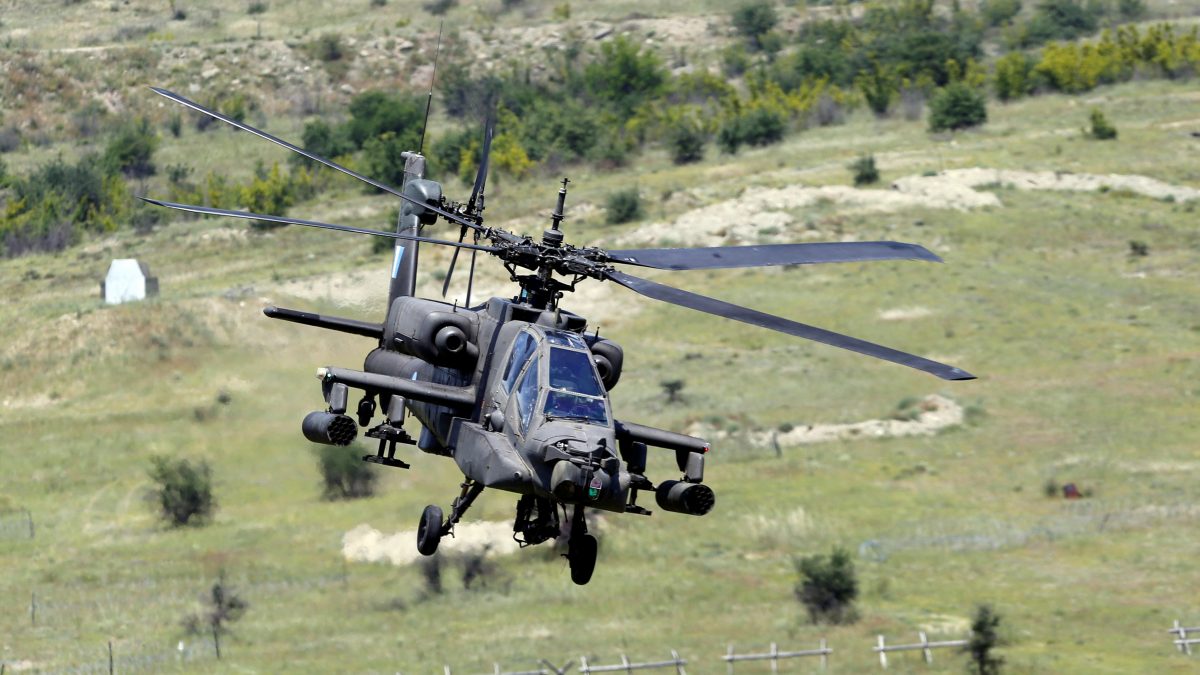Boeing on Tuesday delivered three AH-64E Apache attack helicopters to the Indian Army, marking a significant boost to its combat aviation capabilities. The delivery is part of a contract for six helicopters approved by the Defence Ministry in 2017.
“These state-of-the-art platforms will bolster the operational capabilities of the Indian Army significantly,” the Army said in a social media post, welcoming the addition of the advanced multi-role combat helicopters to its fleet.
#Apache for Indian Army
— ADG PI - INDIAN ARMY (@adgpi) July 22, 2025
Milestone moment for Indian Army as the first batch of Apache helicopters for Army Aviation arrive today in India.
These state-of-the-art platforms will bolster the operational capabilities of the #IndianArmy significantly.#YearofTechAbsorption… pic.twitter.com/phtlQ4SWc8
The Army’s acquisition of the Apache fleet follows the Indian Air Force’s (IAF) earlier procurement of 22 AH-64E helicopters under a multi-billion dollar deal signed in 2015. Boeing completed deliveries for the IAF in 2020.
The current Army-specific order was cleared in 2017 at a cost of Rs 4,168 crore, and the deliveries were scheduled to begin in 2024. The remaining three helicopters are expected to arrive later this year. Once inducted, the Apaches will provide the Indian Army with enhanced offensive capability in high-altitude and armoured warfare scenarios.
Impact Shorts
More ShortsThe AH-64E Apache, originally developed by Hughes Helicopters in the 1970s for the US Army to replace the AH-1 Cobra, is equipped with cutting-edge avionics, weaponry, and sensor systems designed for high-intensity battlefield roles.
The twin-engine, tandem-seat attack helicopter is widely regarded as one of the deadliest and most survivable combat helicopters worldwide, thanks to its combination of firepower, technology, and battlefield adaptability.
The chopper is designed primarily for anti-armour and close air support. Apaches have proven highly effective in conflicts such as the Gulf War, Afghanistan, Iraq, and more. Their presence in militaries like India’s is seen as a major force multiplier, providing critical “tank in the air” capability against armored threats.
With inputs from agencies


)

)
)
)
)
)
)
)
)



